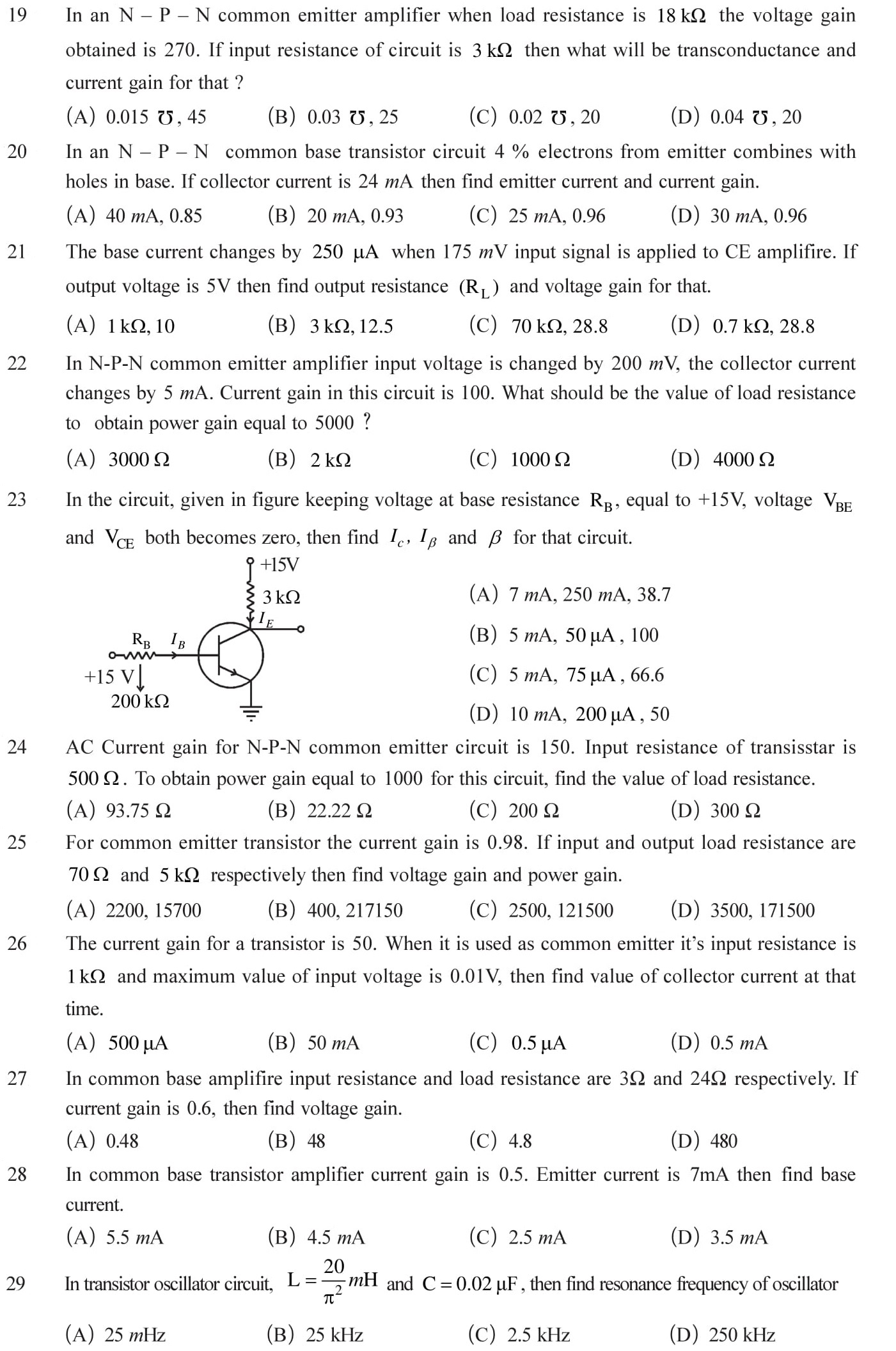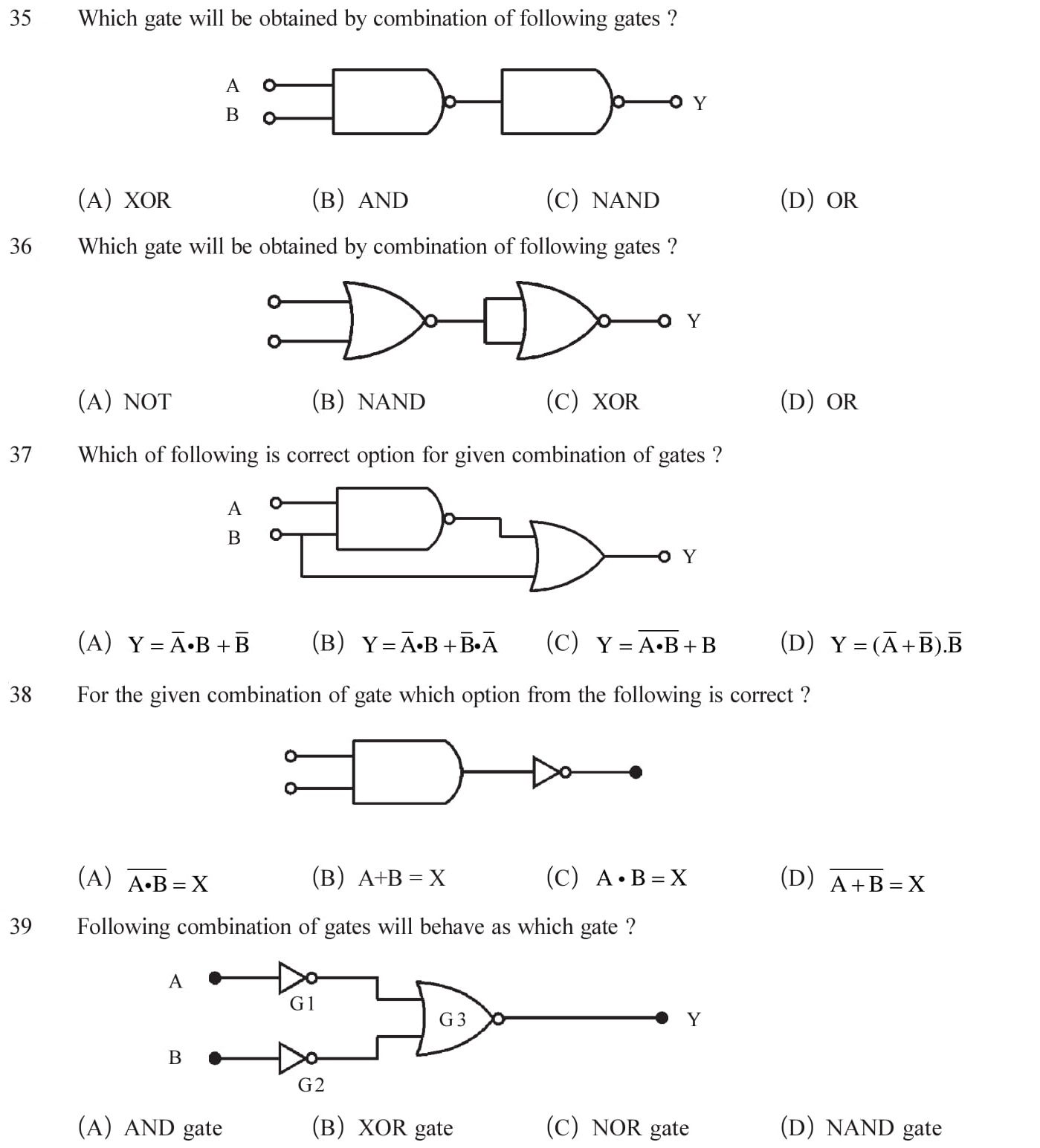NCERT Solutions for Class 12 Physics Chapter 14 Semiconductor Electronics: Materials, Devices and Simple Circuits in PDF form to free download. The downloadable solutions of other subjects are also available for class 12. Extra questions based on Semiconductor devices are given below for practice.
NCERT Solutions for Class 12 Physics Chapter 14
![]()
Go back to NCERT Solutions 12 Physics Main Page
Download NCERT Solutions for Class 12 Physics Chapter 14 Semiconductor Electronics: Materials, Devices and Simple Circuits in PDF form with the links given below.
- Study Online Exercises & Additional Exercises
- Download Exercises Solutions
- Download Additional Exercises Solutions
- Extra Important Questions for Practice (Select your Topic)
- NCERT Book chapter 14
- Revision Book Chapter 14
Extra Questions with answers for Practice
Some important questions for practice are given below based on the topic electronic devices, logic gates, diodes and their biasing. Questions are important one in order to prepare for CBSE exams or for the preparation of competitive exams.
Semiconductor Electronics
Energy of revolving electron, Energy band (For the electron in crystal different energy levels are available then the energy of electron in independent atom. These energy levels are called Energy Band.), Conduction band (Electron can transit in any level of upper band as per energy gained by it and it behave as free
electron and take part in conduction process. So this upper band is called conduction band.). Explanation of conductor, insulator and semiconductor based on band theory, p – type and n – type semiconductors. p-n junction with forward and reverse biased. See Answers.



Transistors: p-n-p and n-p-n
Junction Transistor, Working of Transistor, Characteristic of Transistor Amplifier (common-emitter configuration) and Oscillator. Three different types of circuit in case of a transistor: (1) Common Base (CB) (2) Common Collector (CC) (3) Common Emitter (CE). Equations for Common Emitter Amplifire, Applications of Transistor (i) As a switch (ii) As an amplifier (iii) As an oscillator. See Answers.

Logic Gates
AND, OR, NOT, NOR, etc. gates and their circuits. To calculate the output using two or more gates. See Answers.


Experimental Techniques
Drawing a forward bias characteristic of P-N Junction diode and to find static resistance and dynamic resistance. Drawing reverse characteristic curve of Zener diode and try to find breakdown voltage. Obtaining input and output characteristic curves of common emitter N-P-N transistor and final current gain. Differentiating diode, LED, Transistor, IC, resistance and capacitor from the given components of circuit. See Answers.

Answers
1 (D), 2 (B), 3 (C), 4 (C), 5 (C), 6 (B), 7 (C), 8 (C), 9 (B), 10 (C), 11 (D), 12 (C), 13 (C), 14 (C), 15 (D), 16 (C), 17 (B), 18 (B), 19 (A), 20 (C), 21 (D), 22 (B), 23 (C), 24 (B), 25 (D), 26 (A), 27 (C), 28 (D), 29 (B), 30 (A), 31 (D), 32 (A), 33 (A), 34 (C), 35 (B), 36 (D), 37 (C), 38 (A), 39 (D), 40 (A), 41 (D), 42 (C), 43 (B), 44 (B), 45 (C), 46 (D), 47 (A), 48 (B).
Go back to top
Or Select your topic:
- Semiconductor Electronics
- Transistors: p-n-p and n-p-n
- Logic Gates
- Experimental Techniques
- Previous Chapter: Nuclei
- Next Chapter: Communication System
- Main Page: NCERT Solutions 12 Physics

